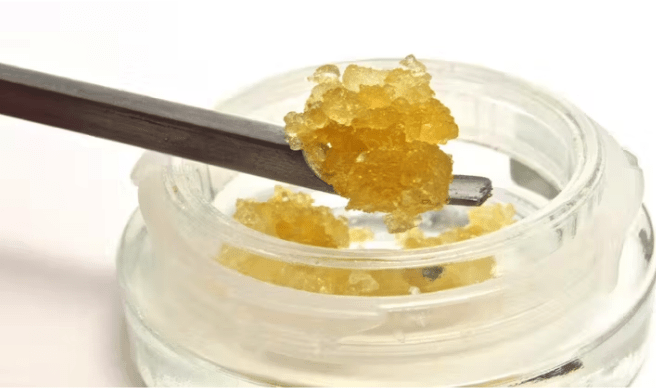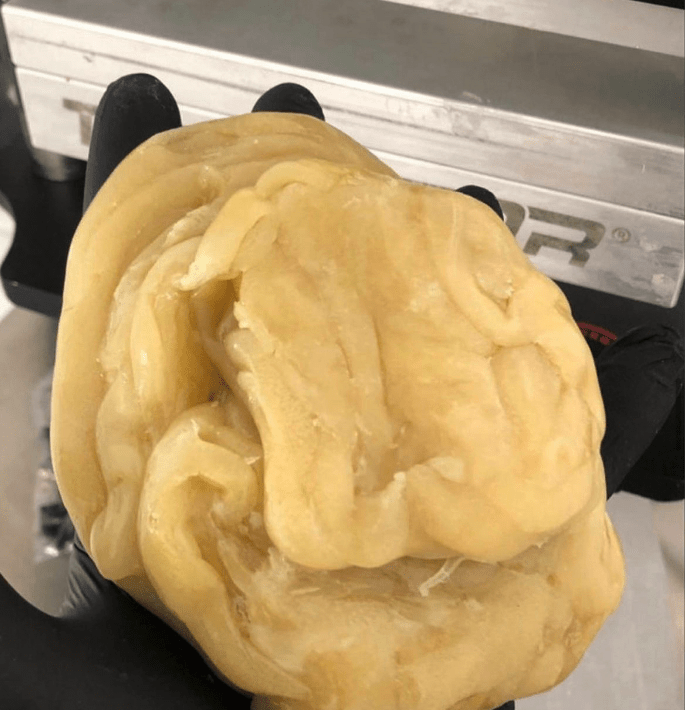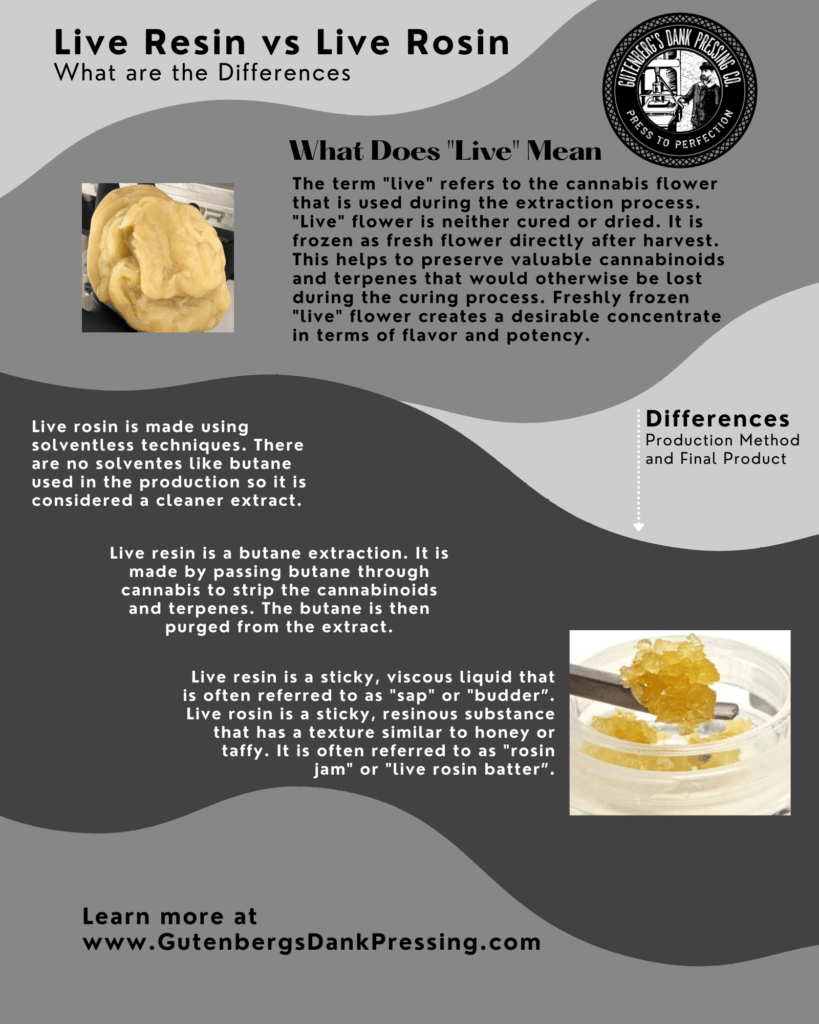Table of Contents
What is the Difference Between Live Resin vs Live Rosin?
Cannabis concentrates have become increasingly popular in recent years due to their high potency, intense flavor, and the convenience of use that they offer. Live resin vs live rosin are two different, yet similar, types of cannabis concentrates. The terms are commonly misused by many, but the differences of live resin vs live rosin are significant. Although they are similar in many ways, they differ in their production methods and final product. In this article, we will explore the difference between live resin vs live rosin in relation to cannabis.
What is Live Resin?

Live resin is a type of cannabis concentrate that is made using fresh, frozen cannabis flowers. The term “live” refers to the fact that the flowers used to make the concentrate are freshly harvested and have not been dried or cured. The main difference between live resin and other types of cannabis concentrates such as shatter or crumble is that it uses fresh cannabis flowers rather than dried flowers.
The process of making live resin involves freezing the fresh cannabis flowers immediately after they are harvested to preserve the terpenes and other volatile compounds. The flowers are then processed using a solvent, such as butane or propane, to extract the cannabinoids and terpenes. The resulting concentrate is a sticky, viscous liquid that is high in THC and terpenes.
One of the main benefits of live resin is its high terpene content. Terpenes are aromatic compounds that are responsible for the flavor and aroma of cannabis. Live resin contains a higher concentration of terpenes than other types of concentrates, which gives it a more flavorful and aromatic profile. Live resin is also known for its high potency, with THC levels ranging from 70% to 90%.
What is Live Rosin?

Live rosin is another type of cannabis concentrate that is made using fresh, frozen cannabis flowers. Like live resin, the term “live” refers to the fact that the flowers used to make the concentrate are freshly harvested and have not been dried or cured. However, the main difference between live rosin and live resin is the extraction method used to make the concentrate.
Live rosin is made using a solventless extraction method, which means that no solvents are used to extract the cannabinoids and terpenes. Instead, the fresh cannabis flowers are pressed using heat and pressure to extract the concentrate. Rosin bags are used to hold in the unwanted plant material while allowing the cannabinoids and terpenes to flow through the fine mesh. The resulting concentrate is a sticky, resinous substance that is high in THC and terpenes.
One of the main benefits of live rosin is its purity. Because no solvents are used in the extraction process, there is no risk of residual solvents contaminating the final product. Live rosin also has a high terpene content, which gives it a more flavorful and aromatic profile.
Live Resin vs Live Rosin: The Differences
Live resin and live rosin are similar in many ways, as both are made using fresh, frozen cannabis flowers. However, live resin vs live rosin differ in their production methods and final product.

Production Method
The main difference between live resin vs live rosin is the extraction method used to make the concentrate. Live resin is made using a solvent-based extraction method, while live rosin is made using a solventless extraction method.
Solvent-based extraction methods, such as butane or propane extraction, use a solvent to extract the cannabinoids and terpenes from the cannabis flowers. The resulting concentrate is then purged of any residual solvents to create a final product that is free of contaminants.
Solventless extraction methods, such as washing hash and rosin pressing, do not use any solvents to extract the cannabinoids and terpenes. To wash hash, the frozen flower is mixed with ice and water to knock the precious trichomes off of the plant. The water containing all the trichomes is then filtered through wash bags (bubble bags) to remove unwanted plant matter. To press rosin, the hash that was just washed is placed inside a rosin bag then pressed using heat and pressure to extract the concentrate. These methods are considered to be more pure and produce a final product that is free of residual solvents.
Final Product
The final product of live resin vs live rosin also differs in texture and consistency. Live resin is a sticky, viscous liquid that is often referred to as “sap” or “budder”. It is commonly used in dabbing, a method of consuming cannabis concentrates by vaporizing them with a dab rig.
On the other hand, live rosin is a sticky, resinous substance that has a texture similar to honey or taffy. It is often referred to as “rosin jam” or “live rosin batter”. Live rosin is commonly used in dabbing as well as in other methods of consumption, such as adding it to joints or bowls.
Overall, both live resin and live rosin offer high potency and a flavorful, aromatic profile. However, they differ in their production methods and final product, with live resin being made using a solvent-based extraction method and producing a sticky, viscous liquid, and live rosin being made using a solventless extraction method and producing a sticky, resinous substance. The choice between live resin vs live rosin ultimately comes down to personal preference and the desired method of consumption.